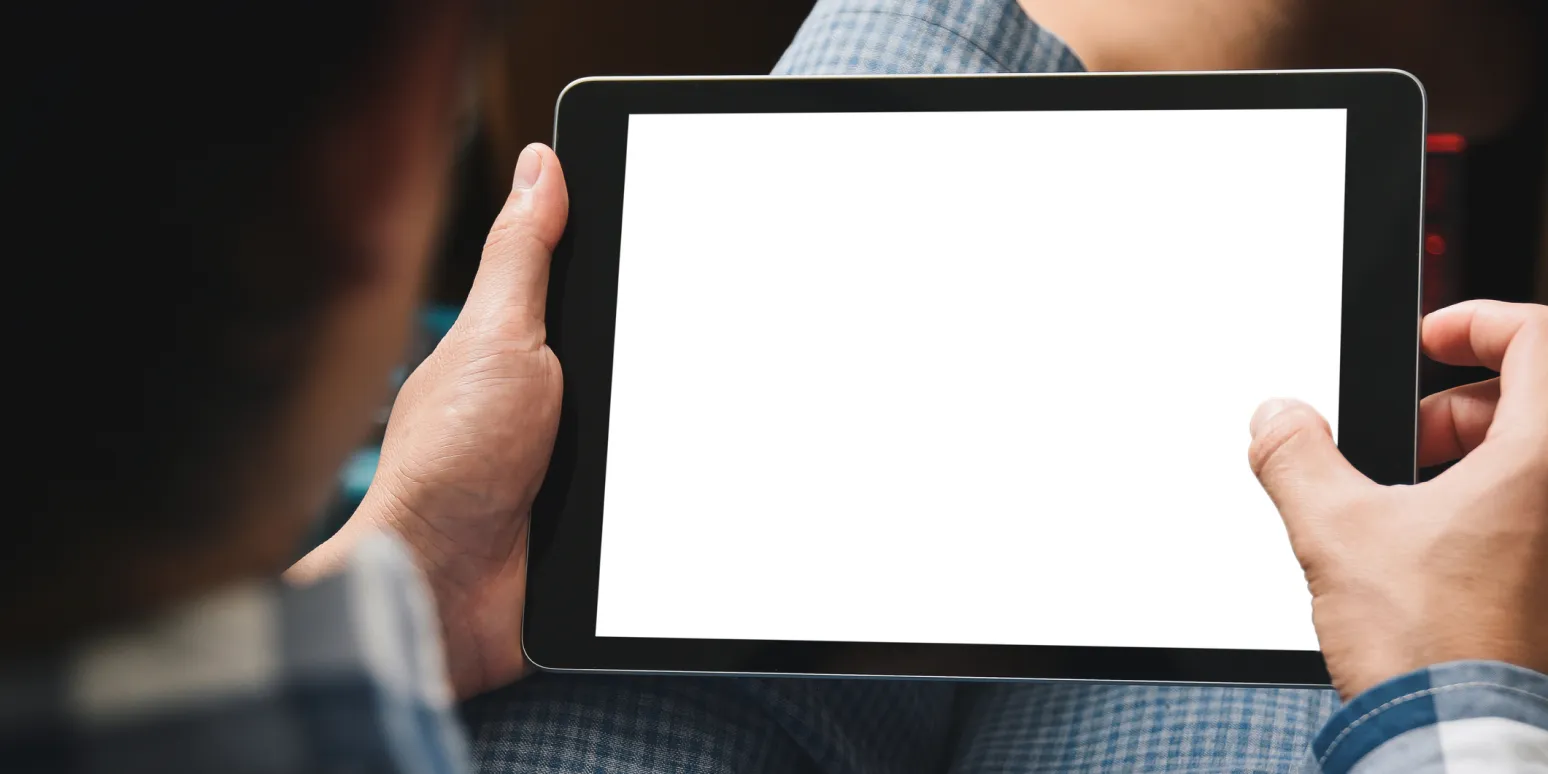My Journey to Replace a Computer with an iPad Pro
When I first decided to replace my traditional computer with an iPad Pro, I was excited about the prospect of a more portable and versatile device. The iPad Pro boasts impressive specifications, including a high-resolution display, powerful chip, and a robust ecosystem of apps. However, my experience quickly revealed that the iPad Pro is not a complete substitute for a traditional computer. Here are some key aspects of my journey.
Performance: Impressive but Limited
The iPad Pro is equipped with the Apple M1 chip, which delivers exceptional performance that rivals many laptops. It can handle demanding tasks like video editing and graphics design with ease. However, despite this power, certain limitations became apparent.
For example, multitasking on an iPad Pro can be cumbersome. While it does support Split View and Slide Over features, managing multiple applications isn't as seamless as on a traditional desktop operating system. I found myself feeling constrained, especially when trying to juggle several tasks at once.
Software Compatibility: A Major Hurdle
One of the most significant drawbacks of using an iPad Pro as a computer replacement is the software compatibility issue. Many desktop applications, particularly specialized software for tasks like programming, video editing, or graphic design, are not available on iPadOS.
While there are alternatives in the App Store, they often lack the full functionality of their desktop counterparts. This became a frustrating obstacle as I tried to perform work-related tasks that required software I had grown accustomed to using on my computer.
File Management: A Clunky Experience
File management on the iPad Pro is another area where I faced challenges. The Files app offers basic functionality, but it pales compared to the comprehensive file management systems of traditional computers. Transferring files between apps and external storage devices can be a hassle, often requiring multiple steps.
For instance, I struggled with accessing files stored in cloud services and moving them to local storage. This lack of intuitive file management detracted from my overall productivity and made me yearn for the simplicity of a traditional desktop environment.
Keyboard and Input Methods: A Mixed Bag
As someone who types a lot, I was eager to use the Magic Keyboard with my iPad Pro. While it offers a great typing experience, the lack of a trackpad or mouse support initially felt restrictive. Although iPadOS has made strides in supporting external input devices, it still doesn't match the fluidity of a traditional desktop setup.
Additionally, the touchscreen interface, while convenient for some tasks, can be less efficient for others. For example, navigating complex spreadsheets or editing documents with precision is more challenging without a conventional mouse or trackpad.
Battery Life: A Bright Spot
On a positive note, the battery life of the iPad Pro is exceptional. I found that I could easily get through an entire workday without needing to recharge. This longevity is a significant advantage for anyone who needs to work on the go or in locations without easy access to power outlets.
Cost: An Investment Worth Considering?
While the iPad Pro offers many features, it comes at a premium price. When you factor in the cost of accessories like the Apple Pencil and Magic Keyboard, it can quickly become an expensive investment. In contrast, a traditional computer may offer better performance and capabilities at a similar or lower price point.
Here's a comparison of the costs involved:
| Device/Accessory | Cost |
|---|---|
| iPad Pro (128GB) | $799 |
| Magic Keyboard | $299 |
| Apple Pencil | $129 |
| Total Cost | $1,227 |
In comparison, a mid-range laptop can be found for around $800, which often includes a keyboard and trackpad, along with more robust software capabilities.
Conclusion: iPad Pro vs. Traditional Computer
Ultimately, my attempt to replace my computer with an iPad Pro was not successful. While the iPad Pro is a powerful and versatile device, it lacks the software compatibility, file management ease, and multitasking efficiency that a traditional computer provides. If you're considering making a similar switch, it's essential to weigh the pros and cons carefully.
For casual users or those who primarily consume content, the iPad Pro might be an ideal choice. However, for professionals requiring robust software and multitasking capabilities, a traditional computer remains the superior option. My experience taught me that while innovation in technology is exciting, it might not always lead to the best solution for every user.





